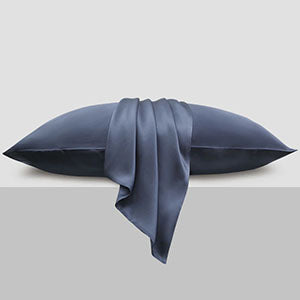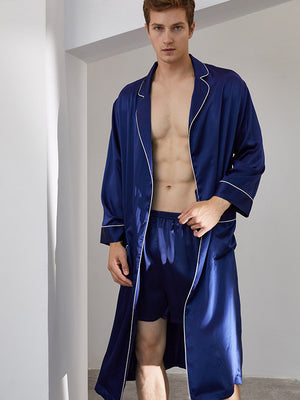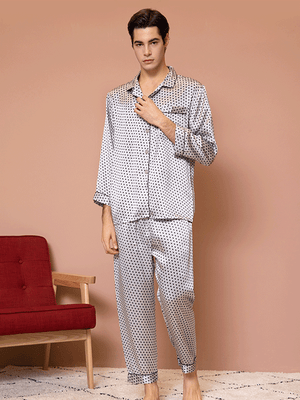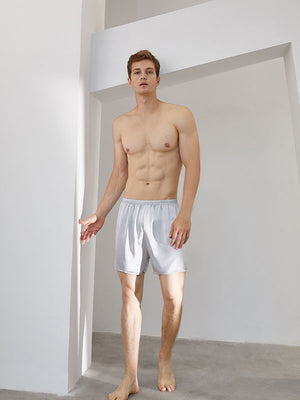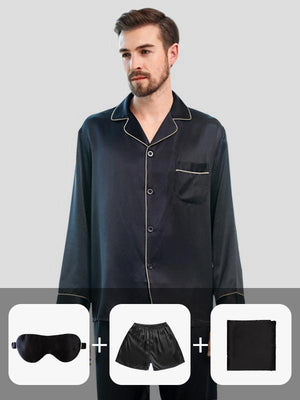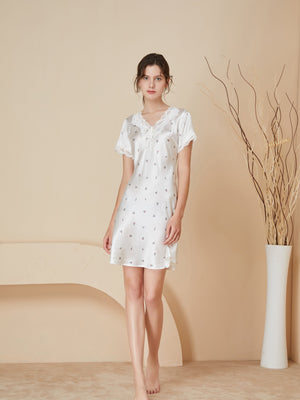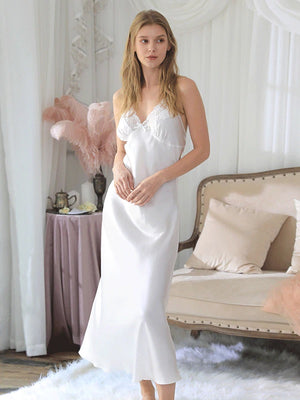How to Wrap Your Hair in a Silk Scarf: Step-by-Step Guide for Every Hair Type
- par {{ author }} wangfred
-
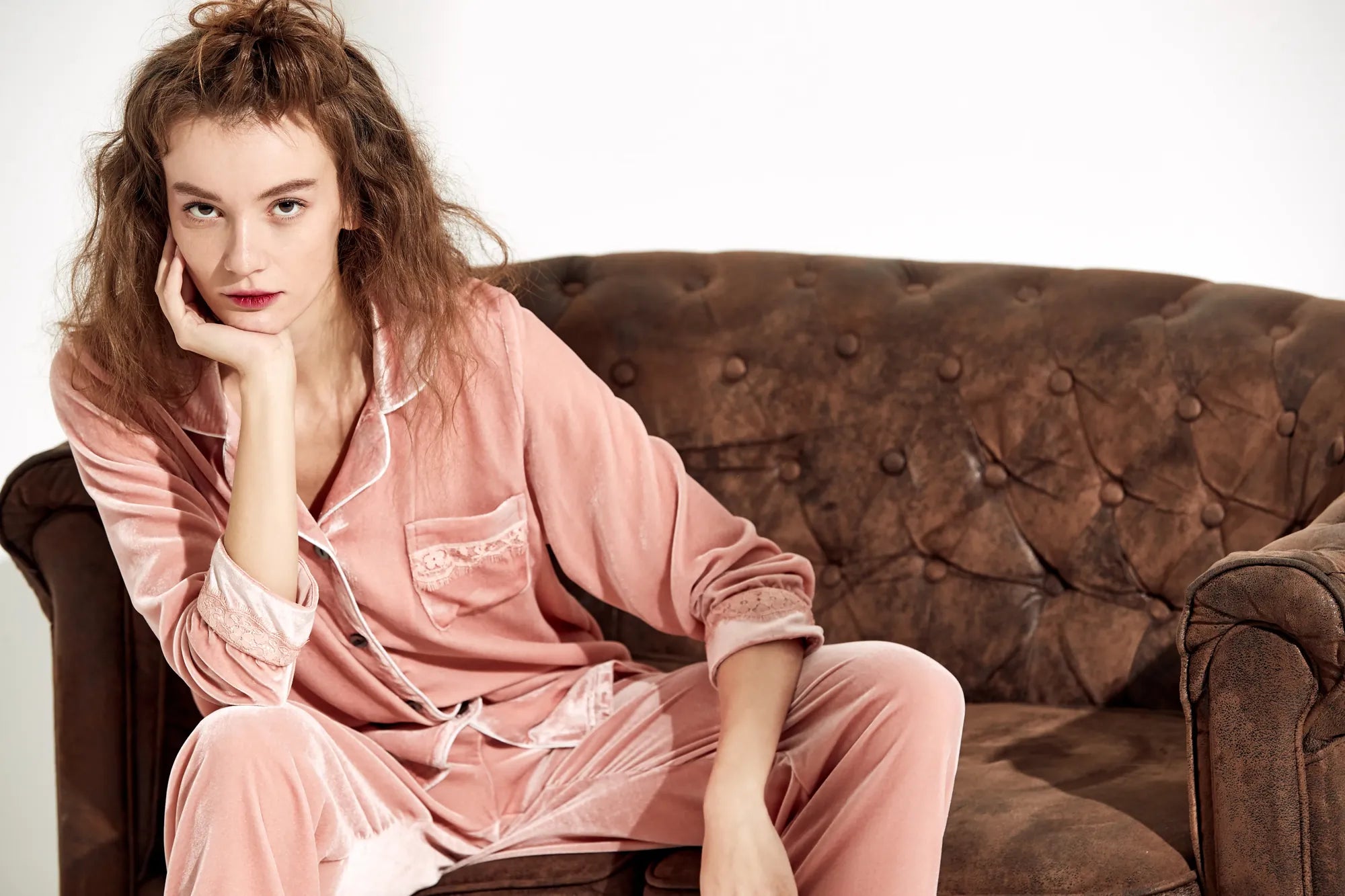
There’s something undeniably chic about a perfectly tied silk scarf adorning your hair. Not only does it elevate your look instantly, but it also protects your strands from breakage, friction, and environmental damage. Whether you’re prepping for bed, styling a bad hair day, or seeking a glamorous accessory, mastering the silk scarf wrap is a game-changer. Let’s dive into the secrets of flawless scarf styling.
Why a Silk Scarf?
Silk’s smooth texture minimizes friction, which helps prevent split ends and frizz. Unlike cotton or synthetic fabrics, silk retains moisture in your hair and reduces tangling. It’s also lightweight, making it ideal for all-day wear or overnight protection. Plus, the versatility of silk scarves means you can adapt your wrap to suit any occasion—casual, professional, or formal.
Preparation: Setting the Foundation
Before wrapping, ensure your hair is detangled and slightly damp or dry, depending on your preferred style. For curly or coily textures, apply a leave-in conditioner to enhance definition. Straight or wavy hair may benefit from a light serum to add shine. Choose a square silk scarf (at least 28x28 inches) for maximum coverage and flexibility.
Step-by-Step Techniques
1. The Classic Headband Wrap
Fold the scarf diagonally into a triangle, then roll it into a bandana-style strip. Position the center at your nape, tie the ends at the crown, and tuck any loose strands. This method works wonders for short hair or to accentuate face-framing layers.
2. The Pineapple Method for Long Hair
Gather your hair into a high ponytail and secure it loosely. Drape the scarf over your head, tying the ends beneath the ponytail. Wrap the excess fabric around the base to create a chic, voluminous bun cover—perfect for protecting curls overnight.
3. The Turban Twist
Place the scarf over your head with the center at your forehead. Cross the ends at the nape, bring them back to the front, and tie a double knot. Tuck remaining fabric for a polished turban effect. Ideal for medium-length hair or adding vintage flair.
4. The Half-Up Silk Crown
Section off the top half of your hair. Fold the scarf into a thin band and tie it around the section, securing it at the back. This bohemian style adds texture and keeps flyaways at bay during workouts or windy days.
Pro Tips for Long-Lasting Style
- Use bobby pins discreetly to secure stubborn edges.
- Opt for prints that complement your outfit’s color palette.
- For extra hold, mist hair lightly with water before wrapping.
Adapting to Your Hair Type
Curly and Coily Hair
Silk scarves help maintain moisture and definition. Wrap hair in a pineapple or loose twist to preserve curl patterns. Avoid tight knots that could cause tension.
Straight or Fine Hair
Create volume by positioning the scarf higher on your head. Use a looser wrap to avoid flattening your roots.
Thick or Voluminous Hair
Choose larger scarves (35x35 inches or more) to ensure full coverage. Divide hair into sections if needed before wrapping.
Styling Beyond Basics
Experiment with asymmetrical ties, layered scarves, or pairing with statement earrings. For events, incorporate metallic threads or embroidery for a luxurious touch. Remember: the silk scarf isn’t just functional—it’s a statement piece.
Ready to transform your hair care routine? With these techniques, your silk scarf will become your go-to tool for effortless beauty and protection. Share your favorite style on social media and watch the compliments roll in—your best hair days are just a knot away.
